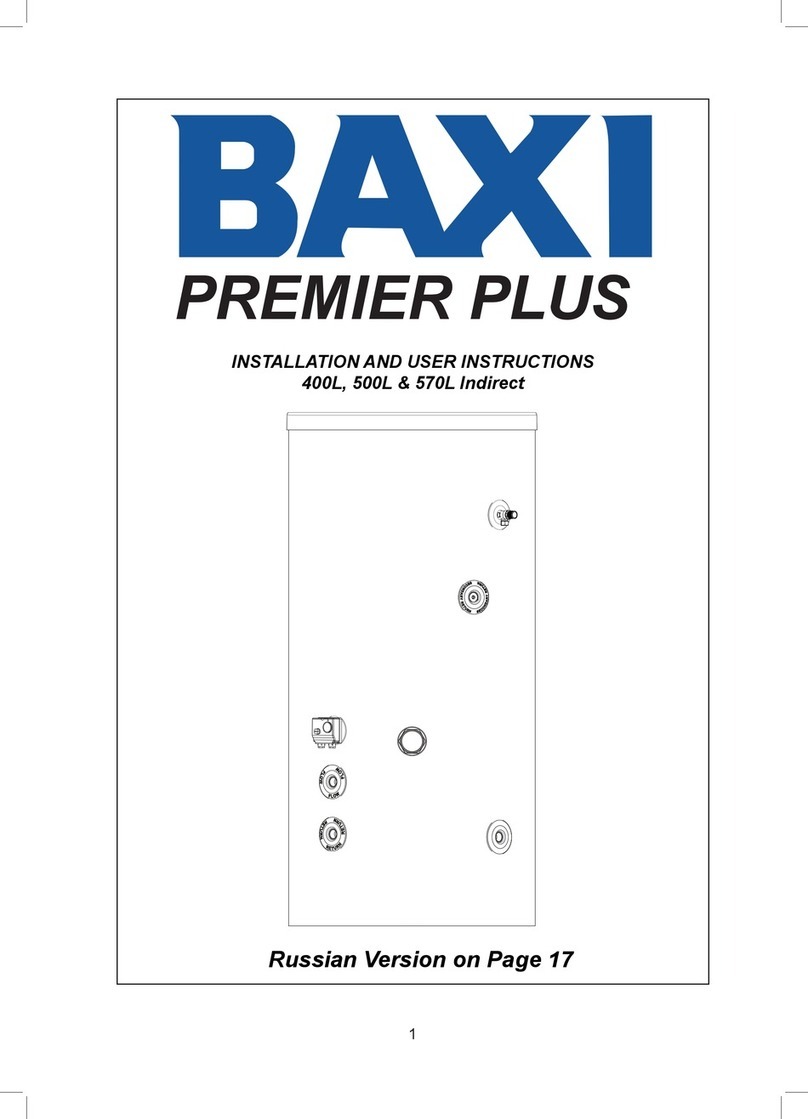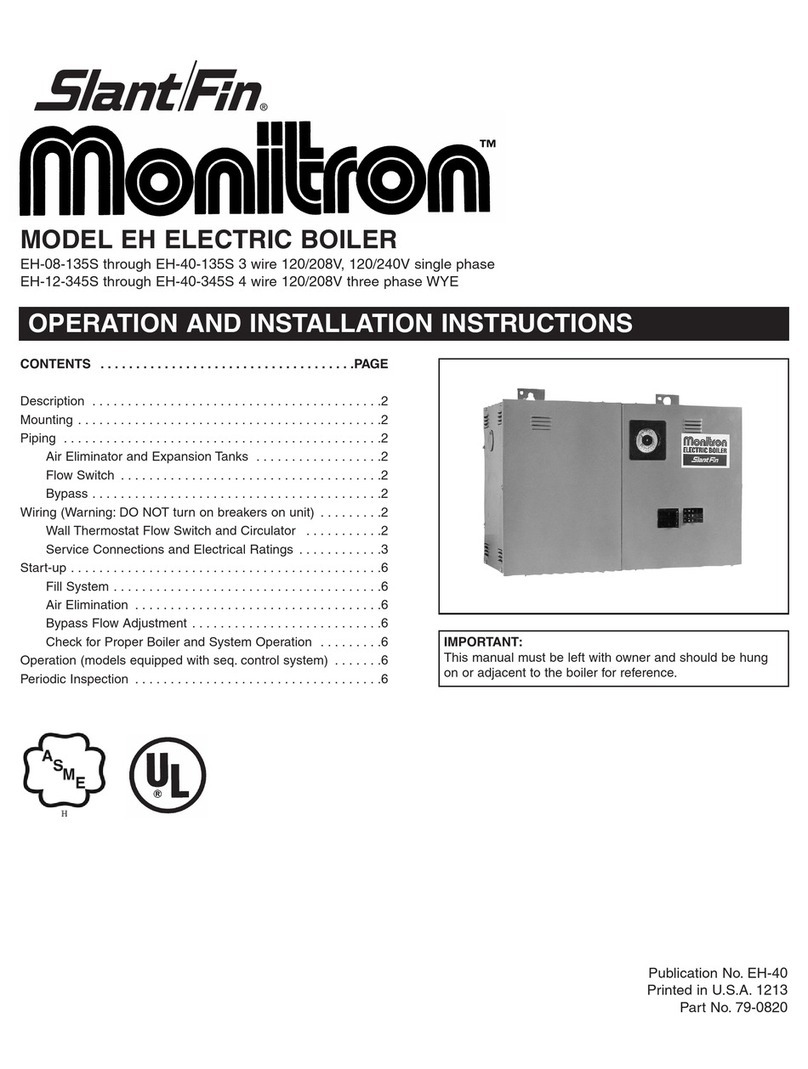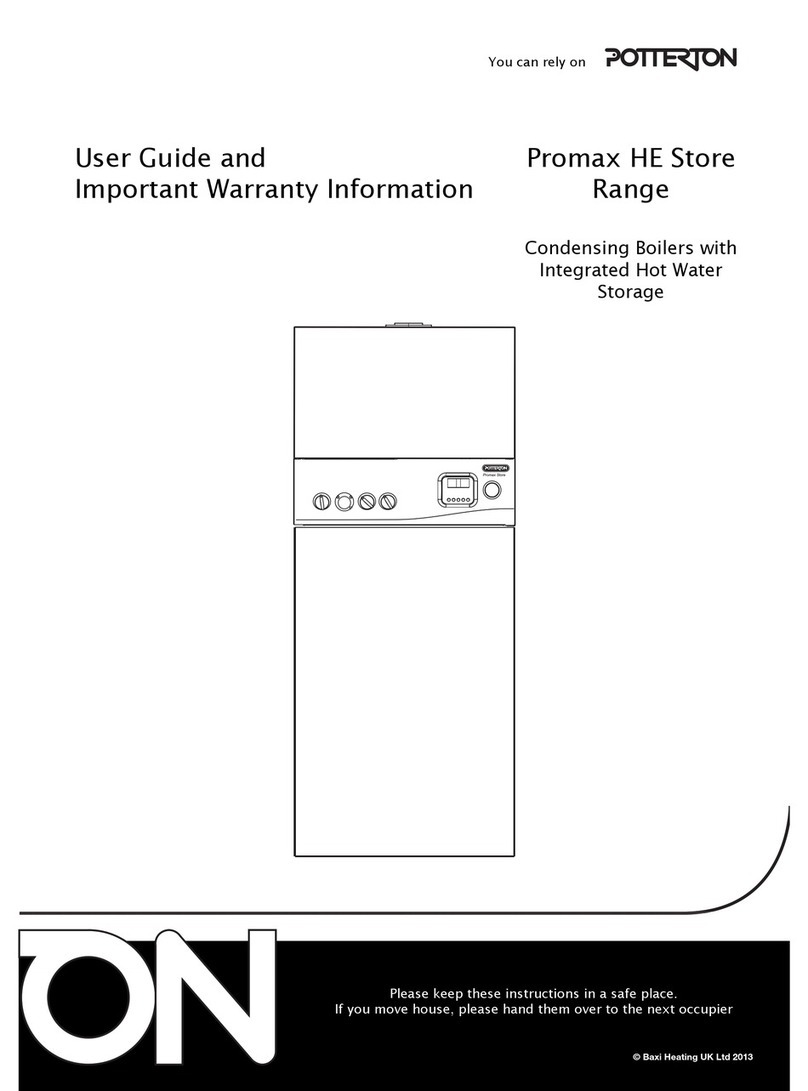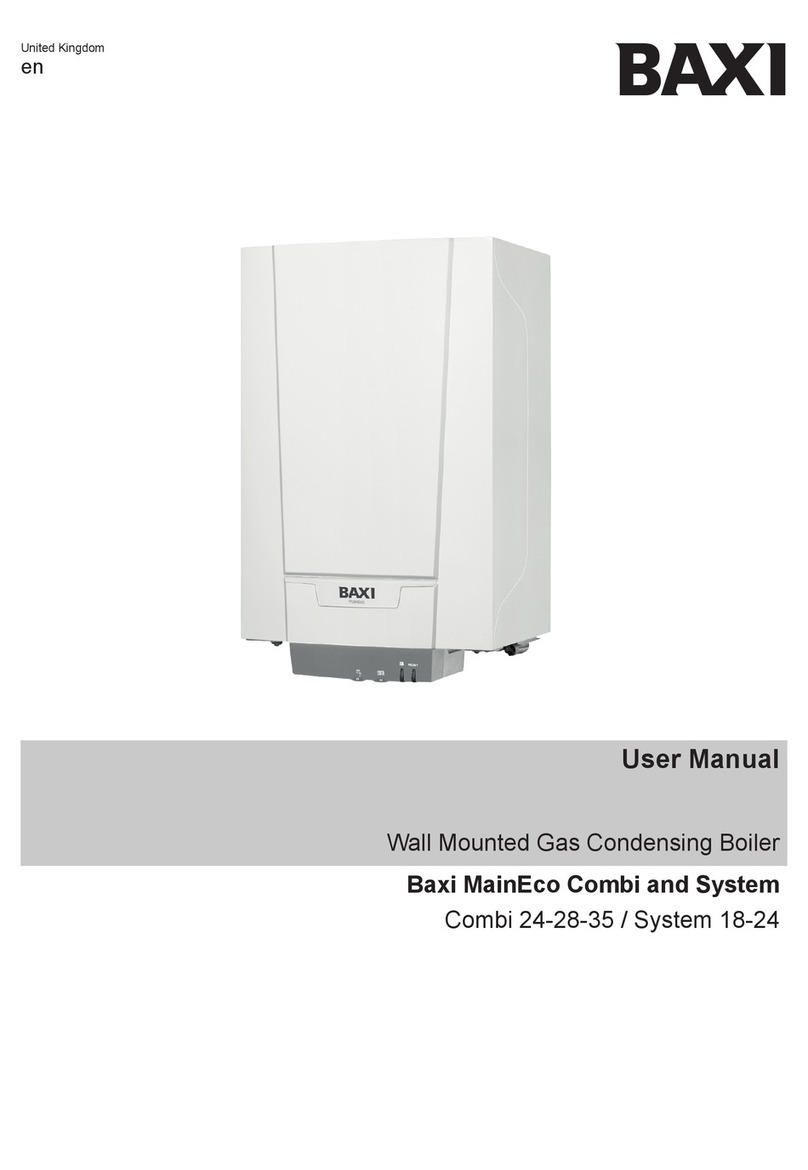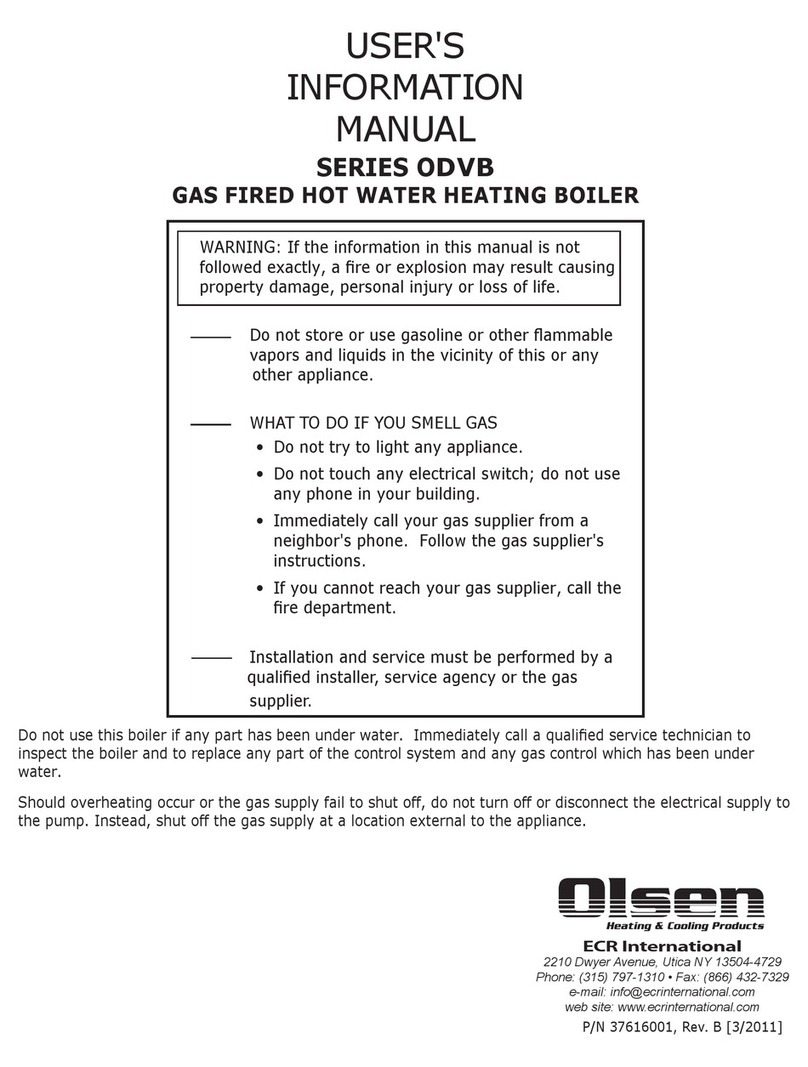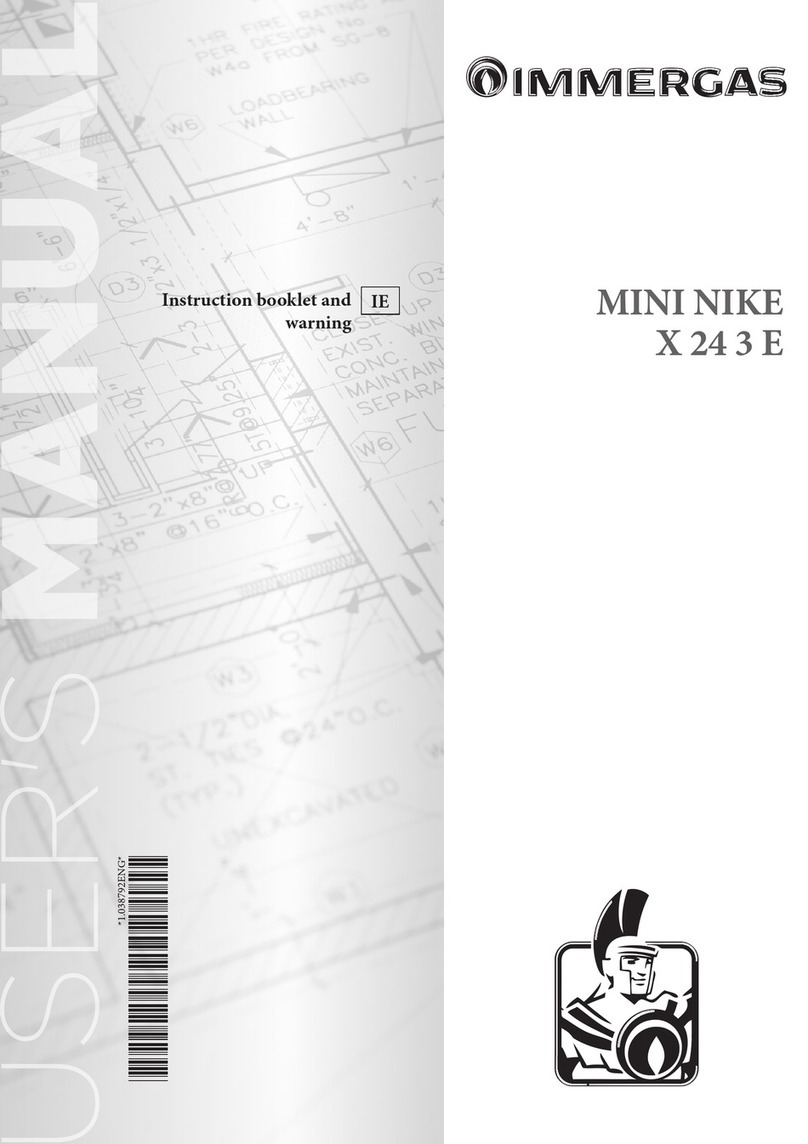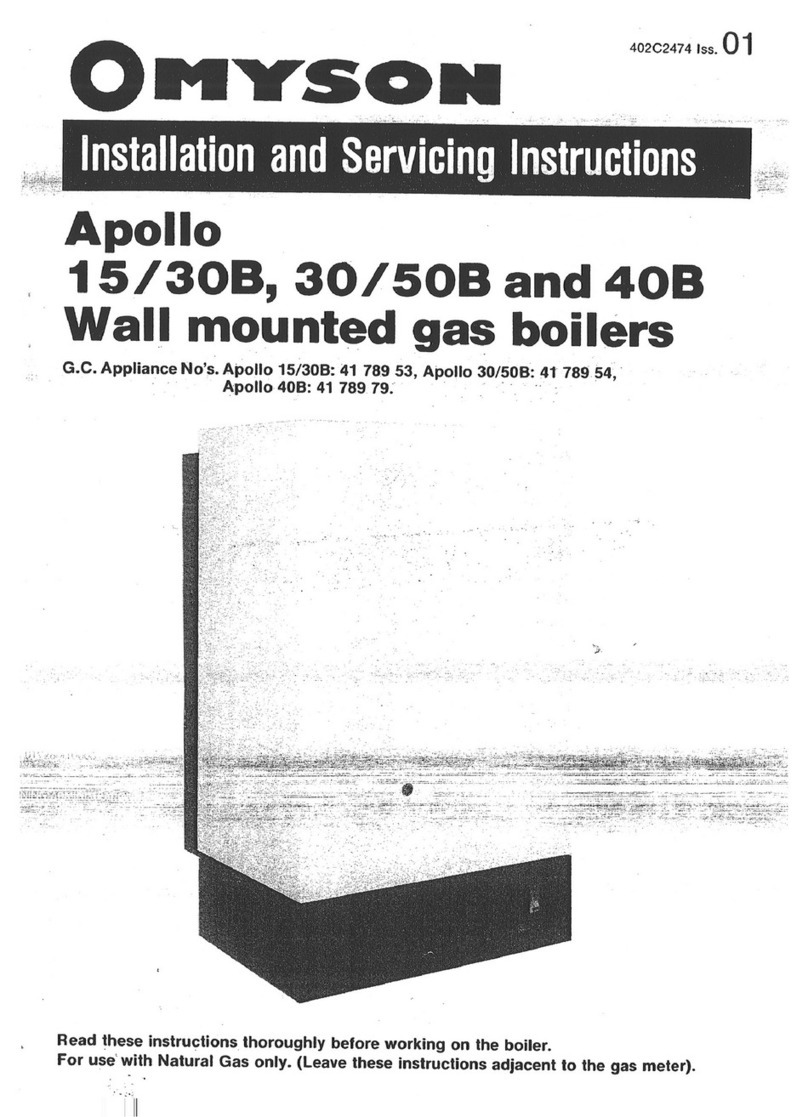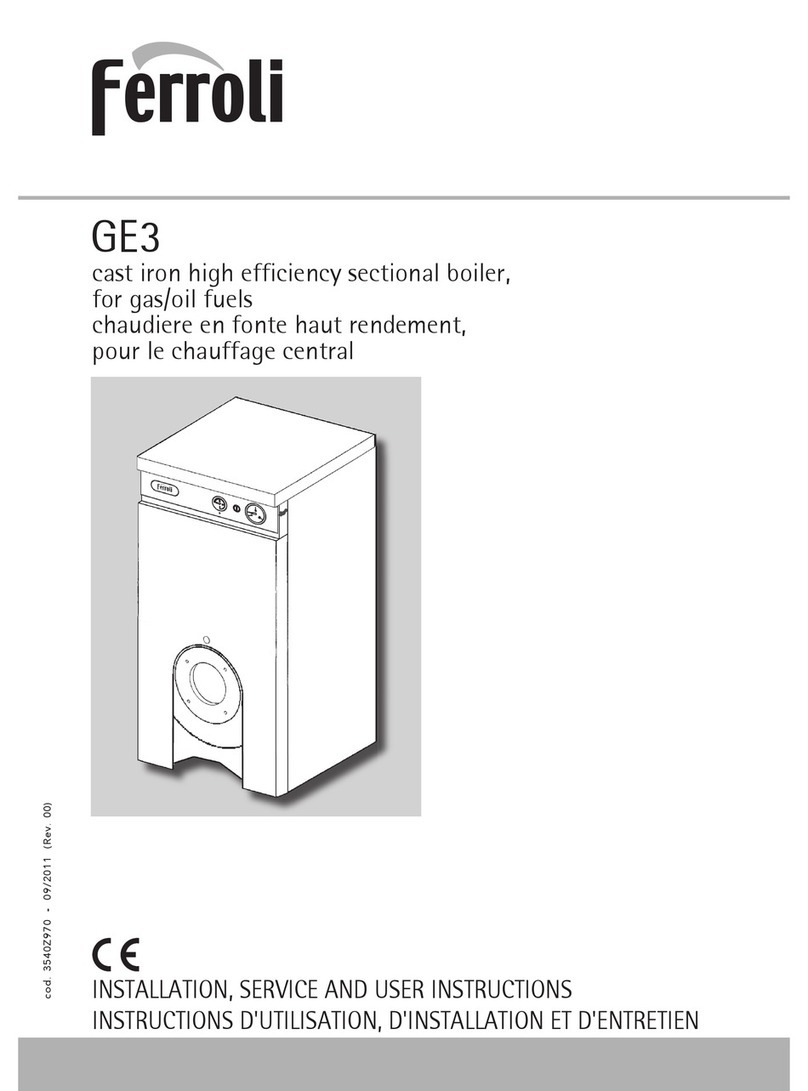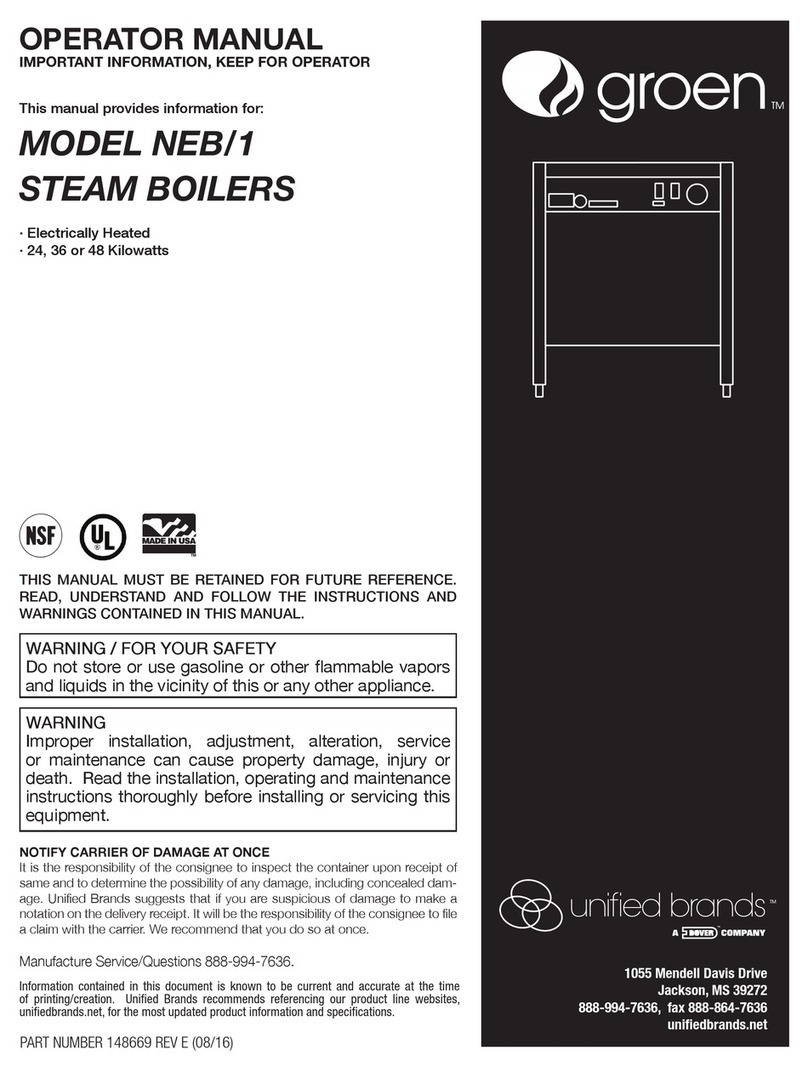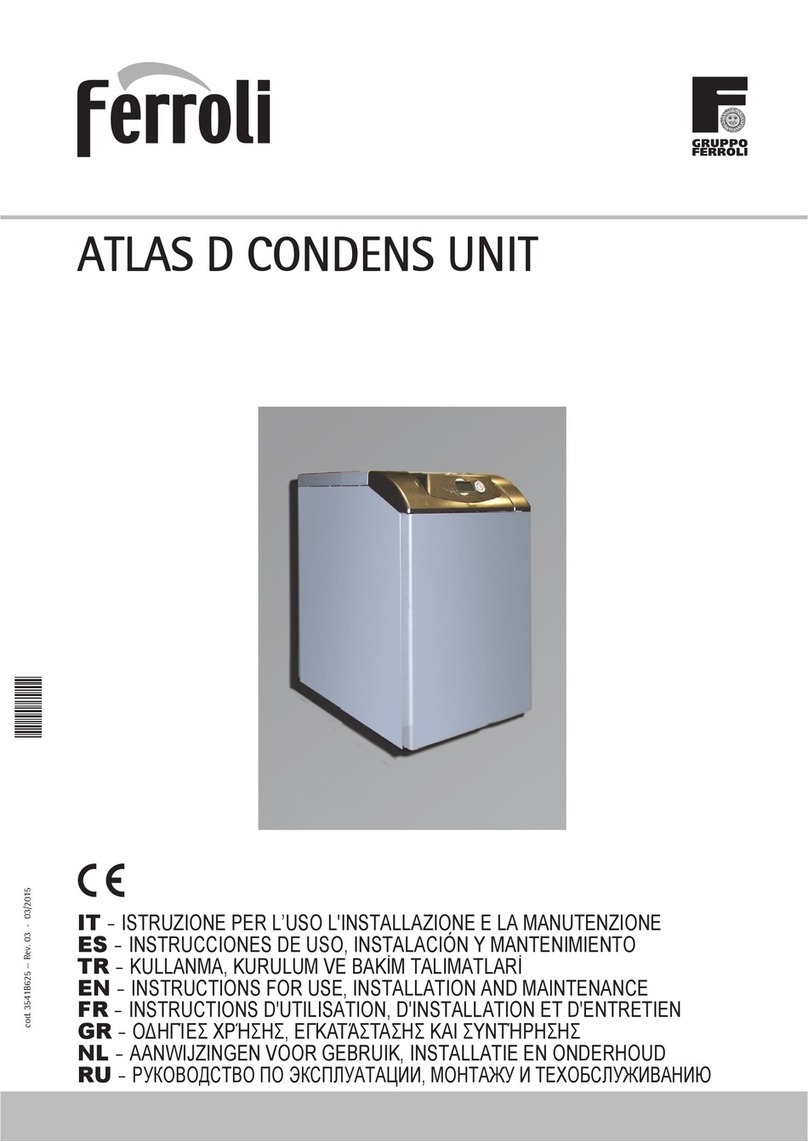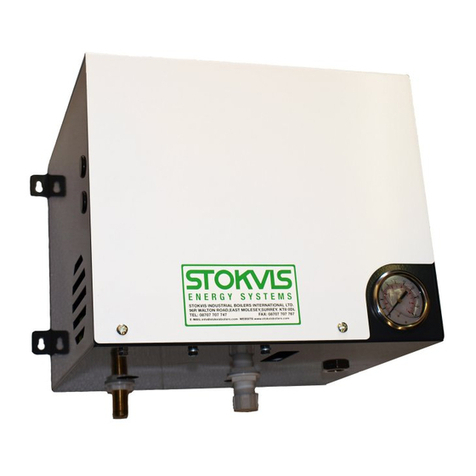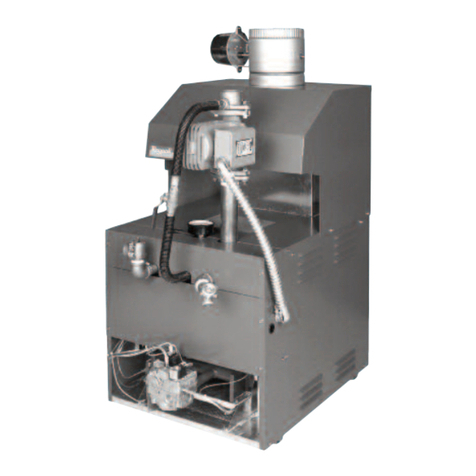
10 +44 (0) 800 019 5899
Thermogroup Ltd (T/A ThermoSphere)
will repair or, if necessary, at its
sole discretion, replace a faulty
ThermoSphere Electric Flow Boiler,
which falls within the Warranty
Periods and Territory specied below,
subject to the warranty conditions and
the warranty exclusions.
Warranty Period within the United
Kingdom is 3 years from the date of
purchase by the installer/consumer
as dened by the Competition and
Consumer Act 2010.
Our goods come with guarantees
that cannot be excluded under the
UK Consumer Law. You are entitled
to a replacement or refund for a
major failure that occurs because of a
manufacturing fault or manufacturing
defect. It is the responsibility of the
end user to provide proof of purchase
within the Territory, to initiate a
warranty claim.
WARRANTY CONDITIONS
This warranty is applicable only for
ThermoSphere Electric Flow Boilers
(herein referred to as “The boiler”).
The boiler must be installed in
accordance with the ThermoSphere
Installation Instructions, supplied
with the boiler and/or available as a
digital download, and in accordance
with all relevant statutory and local
regulations of the Territory in which
the boiler is installed.
Where a failed component or boiler is
replaced under warranty, the balance
of the original warranty period will
remain effective. The replaced part or
boiler does not carry a new warranty.
Where a failed component is
replaced or repaired under warranty,
ThermoSphere will incur costs
associated with shipping and repair
at its sole discretion, if the unit is
installed within the UK. If the unit is
outside the UK, the associated costs
are the responsibility of the owner.
Where the heating system is installed
in a position that does not allow safe,
ready access, the cost of accessing
the site safely, including the cost of
additional materials handling and/
or safety equipment, shall be the
owner‘s responsibility.
The warranty applies to the boiler only
and, therefore, does not cover any
electrical, plumbing heating or hot
water parts supplied by others that
are not an integral part of the boiler,
for example but not limited to; valves,
cylinders, pipes, expansion vessels.
The benets of this warranty are in
addition to other rights and remedies
of the consumer under laws in relation
to the goods and services to which
the warranty relates.
PROCEDURE FOR HONOURING
WARRANTY
To initiate a claim for a warranty
against defects, the consumer
must contact: Thermogroup Ltd
T/A ThermoSphere, Bridge House,
Pattenden Lane, Marden, Kent, TN12
9QJ, United Kingdom.
0195899.
The process will then follow the
ThermoSphere Product Warranty Flow
Chart to assess whether the product
is under warranty.
WARRANTY EXCLUSIONS
Repair and replacement work will
be carried out as set out in the
ThermoSphere warranty. However, the
following exclusions may cause the
ThermoSphere warranty to become
void and may incur a service charge
and/or cost of parts:
Accidental damage to the boiler or
any component, including: Acts of
God; failure due to misuse, abuse,
re or ood damage; incorrect
installation; damage as the result of
transportation, removal or storage;
attempts to repair the boiler other
than by a ThermoSphere Accredited
Service Agent, the ThermoSphere
Service Department or a repairer not
approved by ThermoSphere.
Where it is found there is nothing
wrong with the boiler; where the
complaint is related to circumstances
where there is no power supply due
to faulty electrics; where faults are
related to the electrical supply or
incorrect installation; where the fault
lies on the wider plumbing system,
not the within the boiler and not the
boiler or boiler components; where
there is a failure of electricity supply;
where the supply of electricity does
not comply with relevant standards,
codes or acts, ThermoSphere may
then charge the consumer/installer a
nominal service charge if a site visit is
carried out and inspection reveals no
fault with the heating system.
If the boiler or boiler component
has failed directly or indirectly as a
result of accidental damage, incorrect
installation that does not comply
with the ThermoSphere Installation
Instructions or relevant statutory
requirements, the warranty id void
and any repairs or replacements will
be fully chargeable.
Subject to any rights you have under
UK Consumer Law or other statutory
provisions to the contrary, this
warranty excludes any and all claims
for damage to property, building
fabric, possessions or any other
consequential loss either directly or
indirectly due to damage from the
heating system, workmanship or
other.
Warranty information












